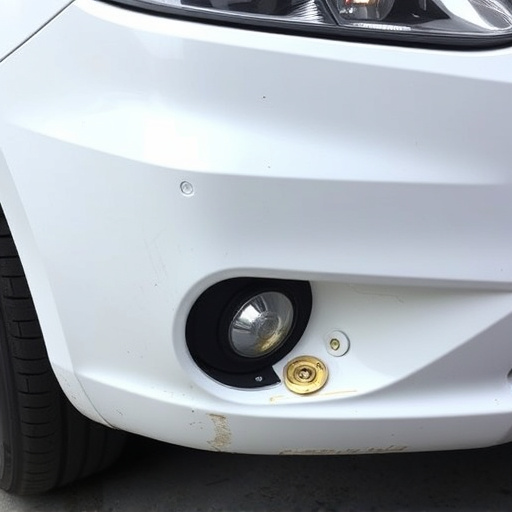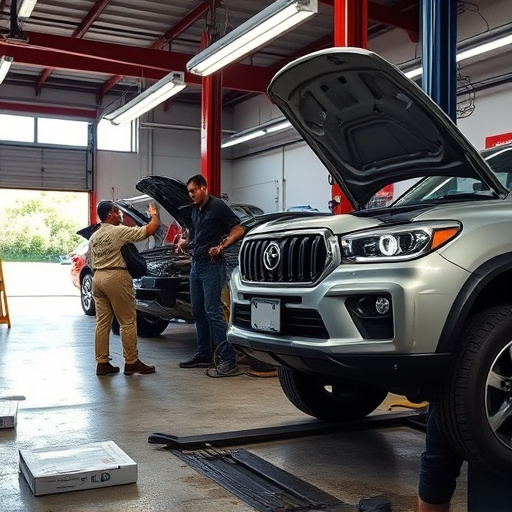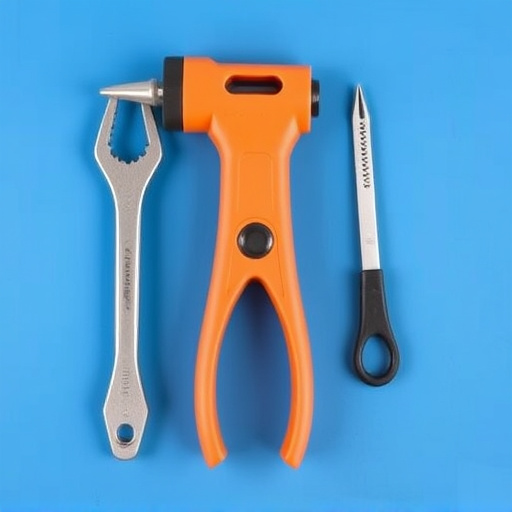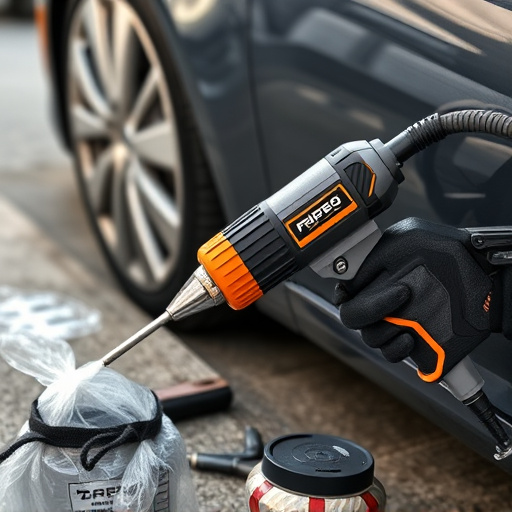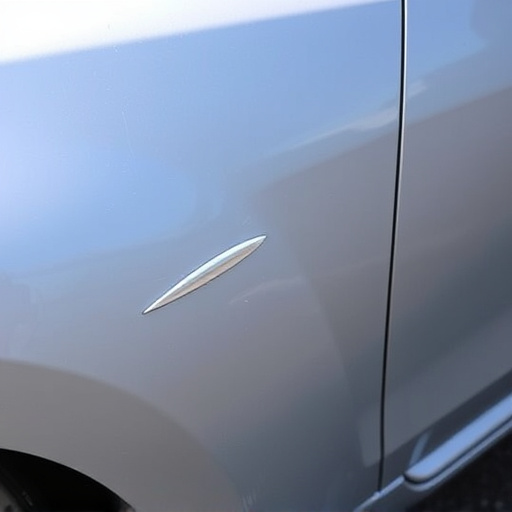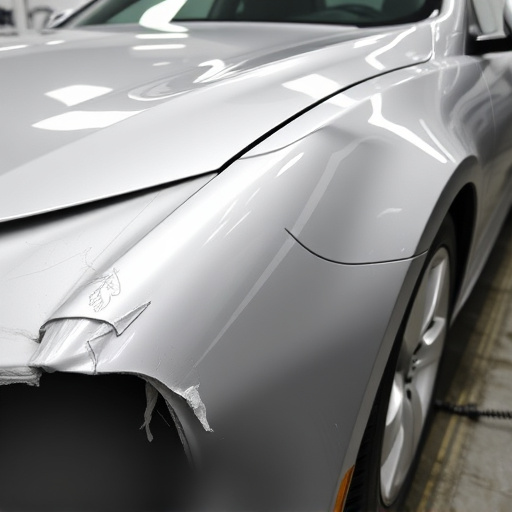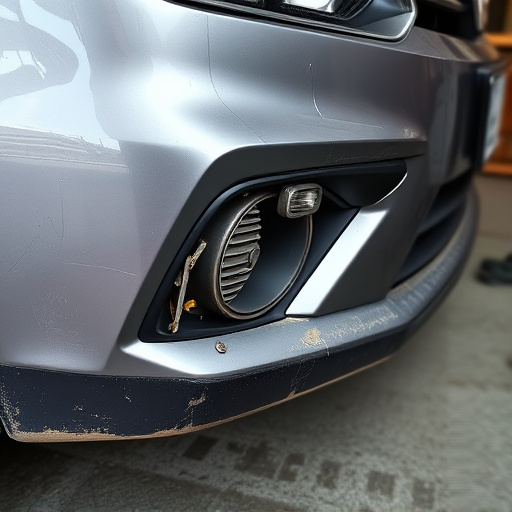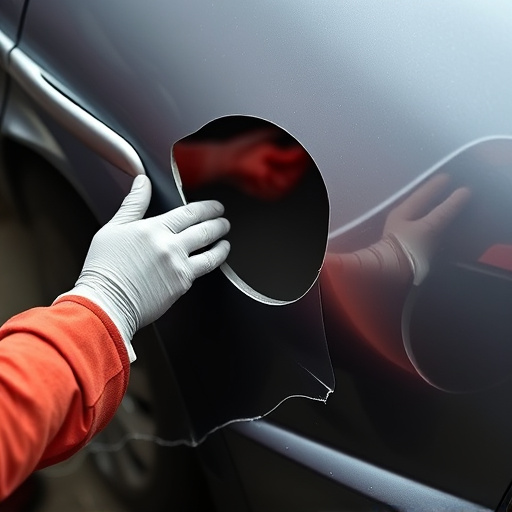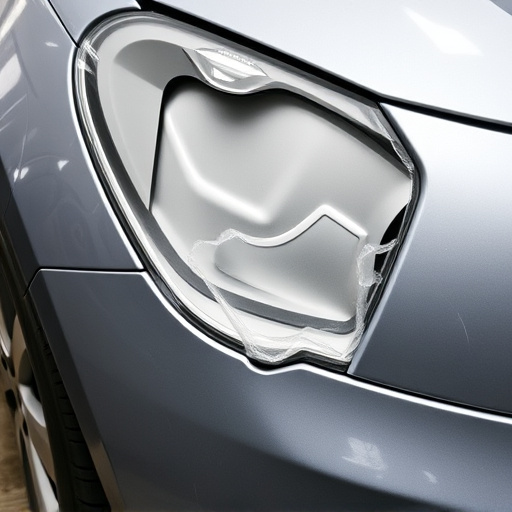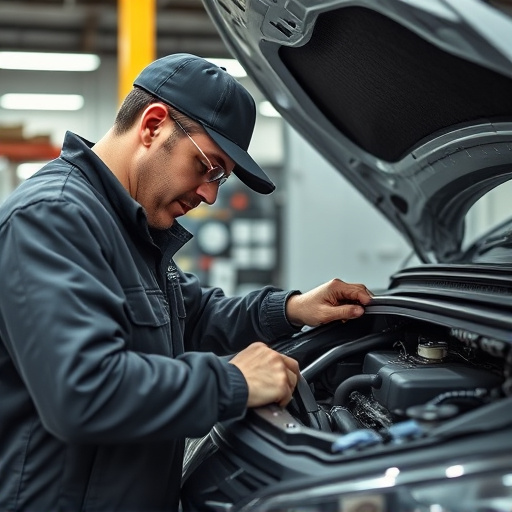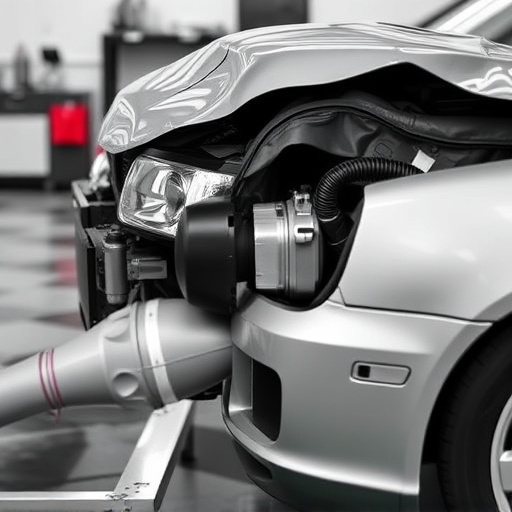Interior trim damage in car collisions is a critical but often overlooked aspect of insurance claims. Components like dashboards and door panels, though seemingly aesthetic, significantly impact safety and comfort. Damage can range from minor defects to structural dislodgement, affecting both appearance and integrity. Accurate repairs require specialized knowledge and tools. Many auto collision centers offer expert interior trim repair services, aiding insurance processes and restoring vehicles to pre-accident conditions. Understanding insurance rights, documenting damage extent, and maintaining records are crucial for a smoother repair process.
In the event of a collision, interior trim repair plays a significant role in insurance claims. Understanding the extent of damage to car interiors is crucial for homeowners seeking compensation. This article guides you through the process, from recognizing interior trim damage to navigating insurance claims effectively. Learn how to maximize your compensation and ensure a seamless repair experience. Key topics include evaluating interior trim damage and strategic approaches to secure fair coverage for collision repairs.
- Understanding Interior Trim Damage in Collisions
- Navigating Insurance Claims for Repair Process
- Maximizing Compensation for Collision Repairs
Understanding Interior Trim Damage in Collisions
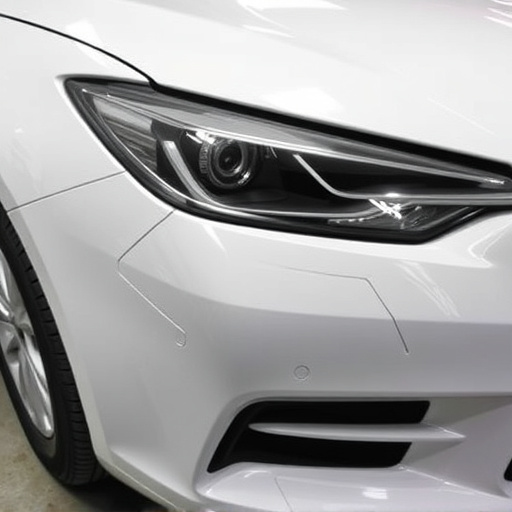
In the event of a car collision, interior trim damage can often be overlooked, but it’s a crucial aspect to consider during insurance claims. Interior components such as dashboards, door panels, and seat covers are more than just aesthetic parts; they play a vital role in vehicle safety and passenger comfort. Damage to these areas can range from minor dents and cracks to complete dislodgement, affecting not only the vehicle’s appearance but also its structural integrity.
Understanding interior trim damage involves recognizing various types of injuries, including tears, burns, or warping. These issues may arise from direct impact during a collision or gradual wear and tear over time. Repairs often require specialized knowledge and tools to ensure precision and longevity. Many auto collision centers offer expert auto repair services tailored for interior trim repair collision scenarios, helping vehicle owners restore their cars to pre-accident condition while facilitating smoother insurance claim processes.
Navigating Insurance Claims for Repair Process
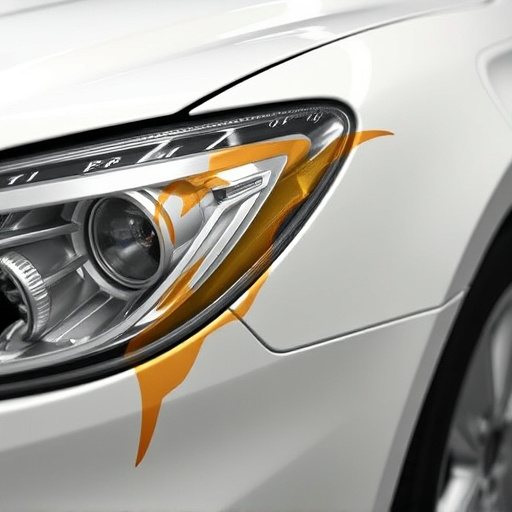
Navigating insurance claims for interior trim repair following a collision can seem like a complex process, but understanding the steps involved can help streamline the experience. After assessing the damage and obtaining quotes from reputable automotive repair services, the first step is to contact your insurance provider to file a claim. They will guide you through the specific procedures, including providing a list of approved repair facilities or offering guidance on choosing an independent shop for vehicle collision repair.
During this process, it’s crucial to keep detailed records of all communications and documents related to the accident, including police reports, medical bills (if applicable), and estimates from various automotive collision repair shops. These will be essential when negotiating repairs and ensuring your claim is settled fairly, ultimately facilitating a smoother transition back to normal transportation after the interior trim repair collision.
Maximizing Compensation for Collision Repairs
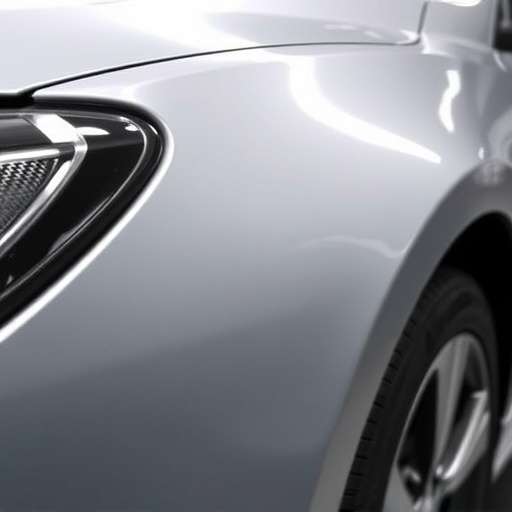
When dealing with an interior trim repair collision, understanding your insurance rights is key to maximizing compensation. Interior trim, often consisting of delicate components like dashboards, door panels, and console covers, can be easily damaged during a crash. It’s important to recognize that these repairs are typically covered under comprehensive insurance policies, which protect against non-collision related damage. By thoroughly documenting the extent of the interior trim damage, policyholders can ensure they receive fair reimbursement for replacement or repair costs.
Effective communication with your insurance provider is crucial in this process. Policyholders should provide clear, detailed descriptions of the damaged parts and their condition before the collision. Additionally, keeping records of auto maintenance history and receipts for previous repairs can strengthen a claim. While bumper repair and auto glass replacement are also common outcomes of collisions, interior trim repair deserves equal consideration for its role in restoring a vehicle’s pre-accident condition and overall aesthetic appeal.
Interior trim repair after a collision is a significant process that can greatly impact your insurance claim. By understanding the extent of damage and navigating the claims process effectively, you can maximize compensation for necessary repairs. This ensures not only the restoration of your vehicle to its pre-accident condition but also a smoother financial journey during what can be a stressful time.
